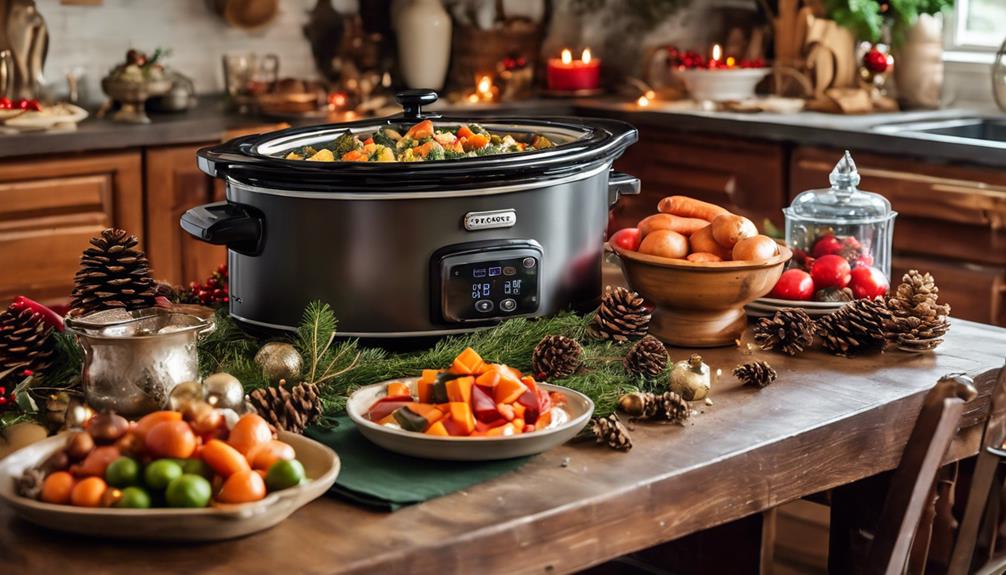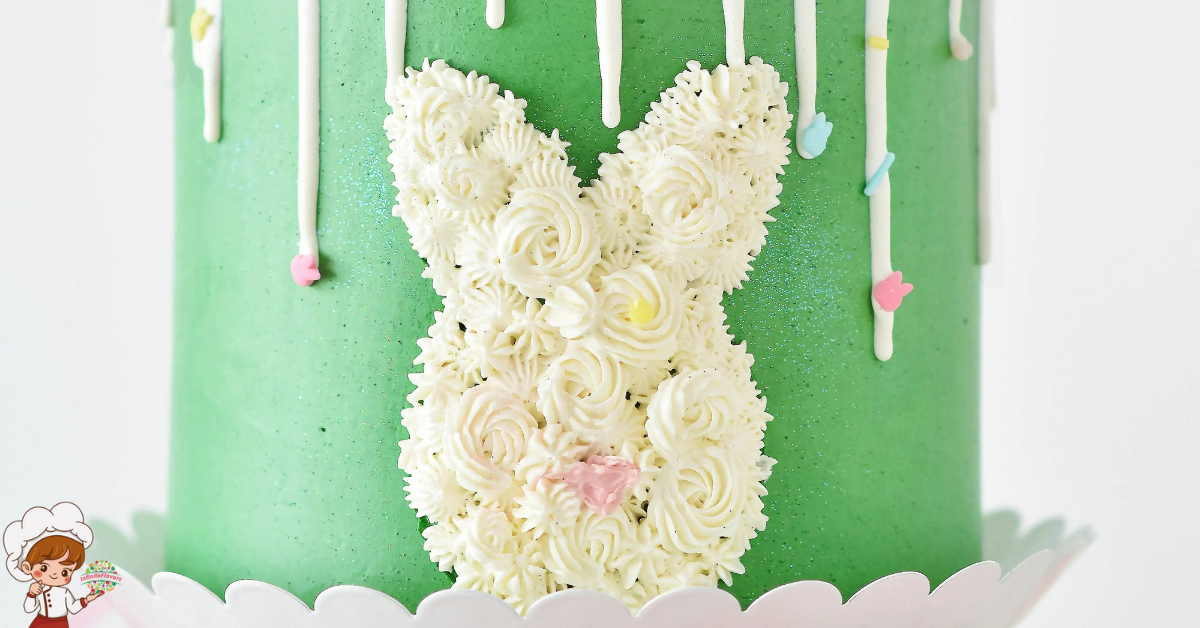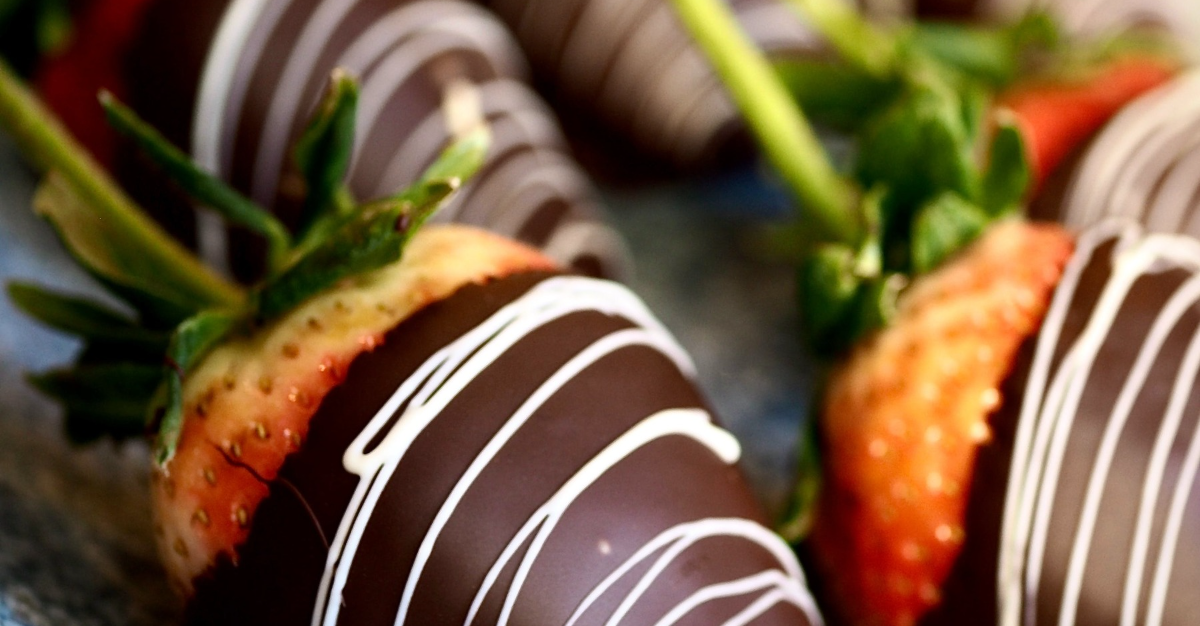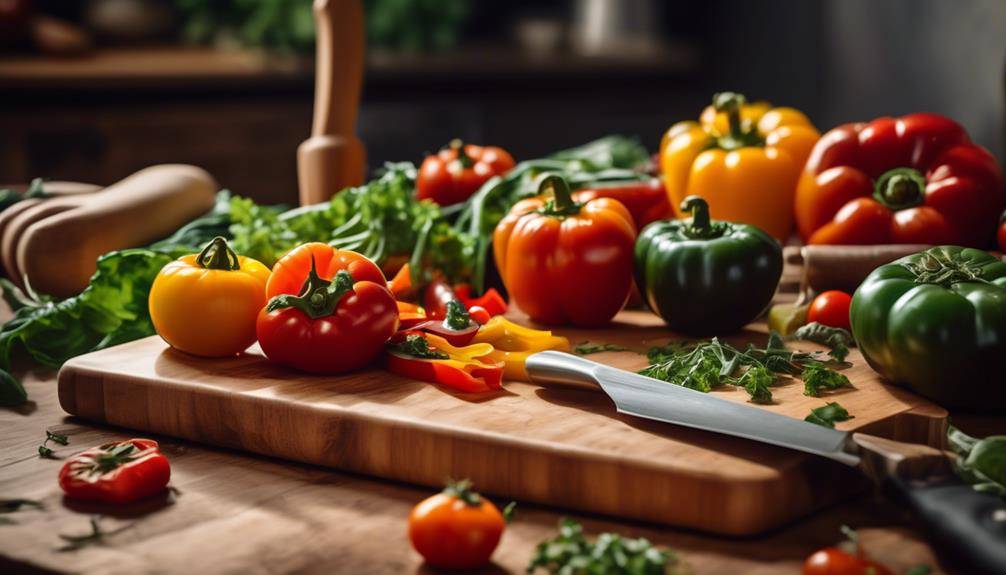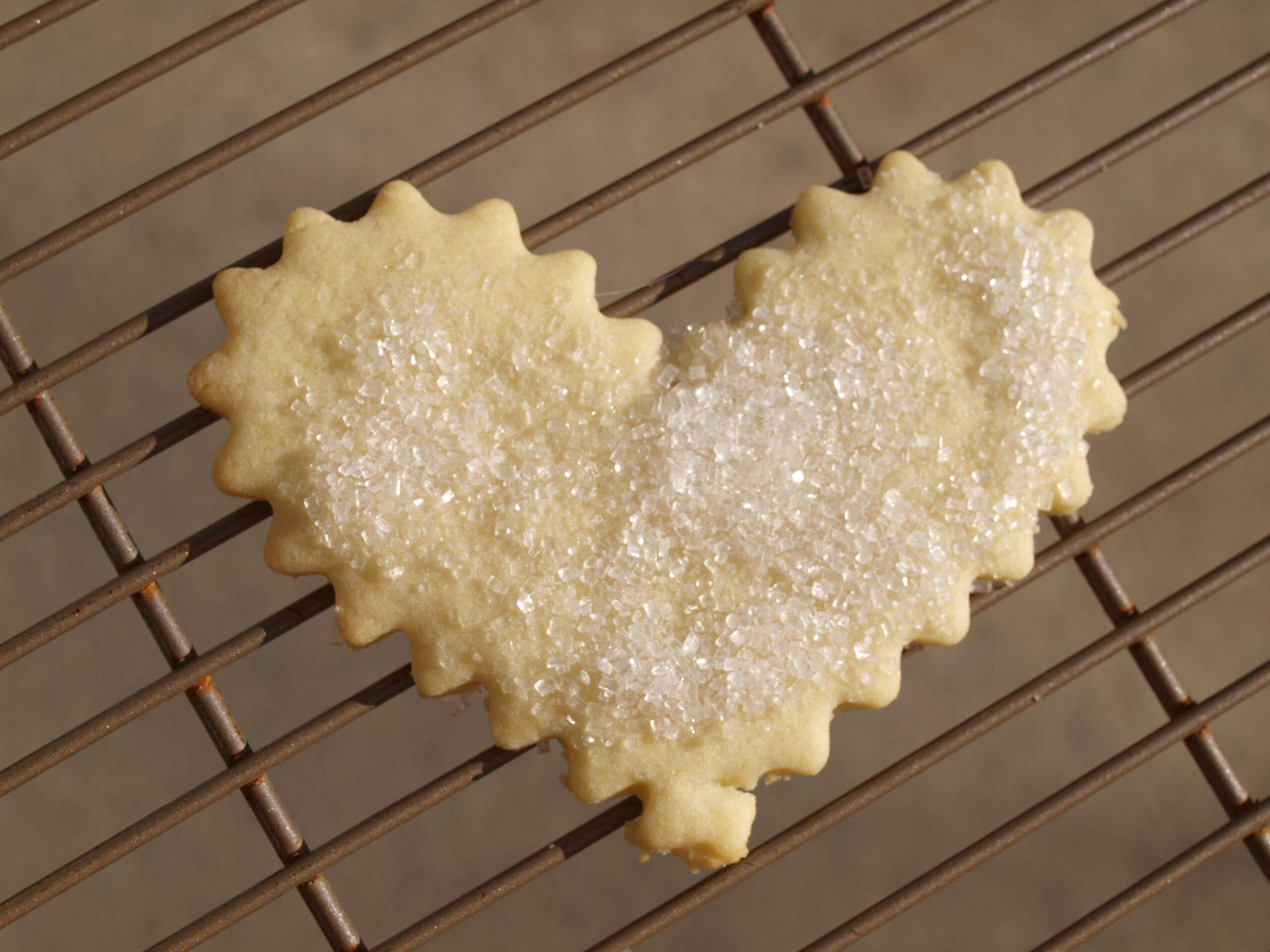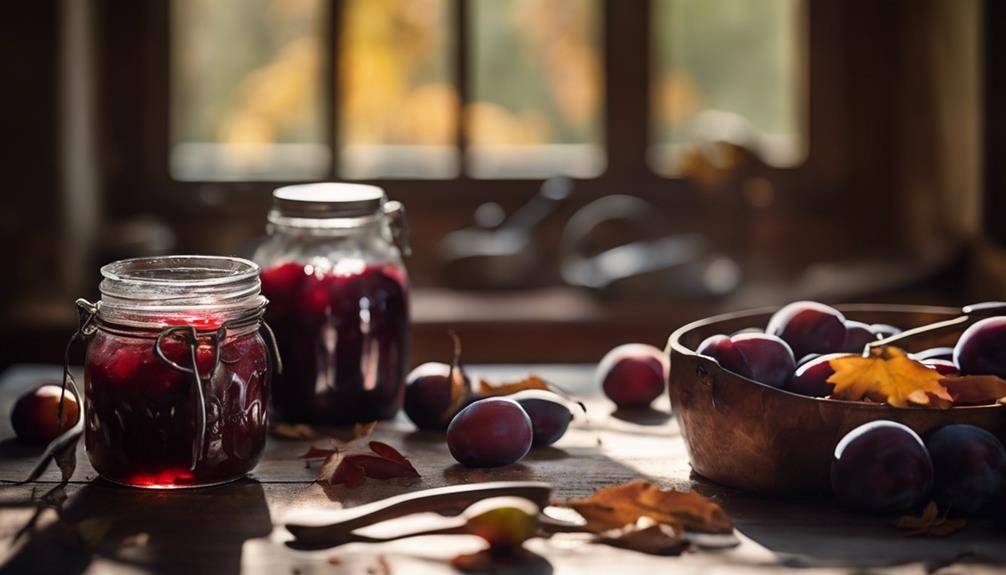Tradition on the Table: The Best Turkey and Dressing
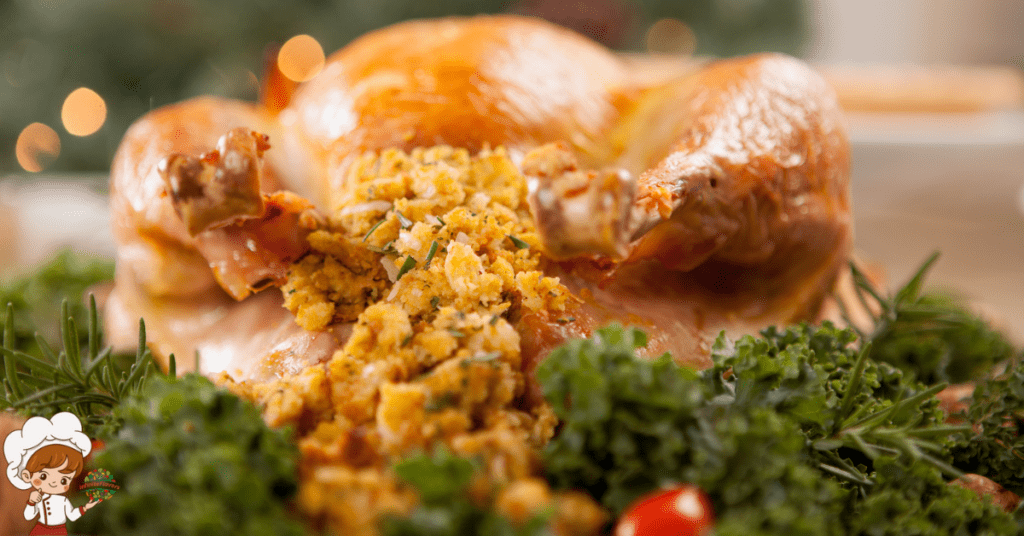
Turkey and Dressing; As the crisp air heralds the arrival of fall, a familiar anticipation fills homes across America—the approaching Thanksgiving feast. At the heart of this cherished tradition sits a culinary duo that steals the spotlight: the roasted turkey and its faithful companion, dressing. In this journey through time, we unwrap the layers of history woven into the very fabric of this iconic Thanksgiving pair.
Cook Like a Pro—Click Here To Get Your Perfect Pan Today
Roots in Native American Cuisine:
Long before the Mayflower graced the shores of Plymouth, indigenous communities across North America had a rich culinary tradition centered around turkey. Native Americans celebrated bountiful harvests with communal feasts featuring roasted turkey, an homage to the abundance of the land.
Pilgrims and the First Thanksgiving:
The iconic Pilgrim feast of 1621, often heralded as the first Thanksgiving, saw the convergence of European settlers and Native American traditions. While the exact menu remains a mystery, historical accounts suggest that wild fowl, including turkey, played a significant role in the celebratory spread.
Evolution of Roasted Turkey:
Through the centuries, roasted turkey became synonymous with Thanksgiving, symbolizing gratitude and abundance. Abraham Lincoln solidified the association in 1863 by proclaiming Thanksgiving a national holiday, further embedding the turkey at the center of the celebratory table.
The Rise of Dressing:
The evolution of dressing, or stuffing as it is often called, can be traced back to medieval European kitchens. As Europeans immigrated to America, they brought their stuffing recipes, adapting them to local ingredients. Over time, dressing became an essential companion to the Thanksgiving turkey, evolving into a flavorful blend of herbs, vegetables, and bread.
Cook Like a Pro—Click Here To Get Your Perfect Pan Today
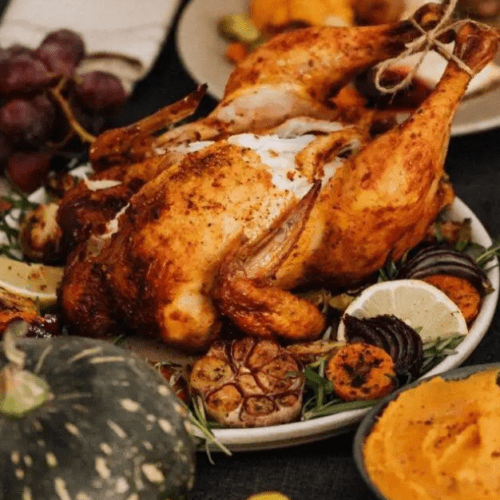
Turkey and Dressing
Ingredients
- For the Turkey:
- 1 whole turkey 12-15 pounds, thawed if frozen
- Salt and pepper
- 1/2 cup 1 stick unsalted butter, melted
- 2 tablespoons olive oil
- 1 onion quartered
- 2 carrots chopped
- 2 celery stalks chopped
- 4 garlic cloves minced
- Fresh herbs such as rosemary, thyme, and sage
- Chicken or turkey broth for basting
- For the Dressing:
- 1 loaf of day-old bread cubed (about 10 cups)
- 1 onion chopped
- 2 celery stalks chopped
- 2-3 cloves of garlic minced
- 1/2 cup 1 stick unsalted butter
- 2-3 cups chicken or turkey broth
- 2 eggs beaten
- 2 tablespoons fresh parsley chopped
- Salt and pepper to taste
Instructions
- Instructions:
- For the Turkey:
- Preparation:
- Preheat the oven to 325°F (163°C).
- Remove the turkey from the refrigerator and let it come to room temperature for about 1 hour.
- Seasoning:
- Pat the turkey dry with paper towels.
- Season the cavity with salt and pepper.
- Mix softened butter with chopped fresh herbs and rub it under the turkey’s skin.
- Squeeze lemon juice over the turkey and place the lemon halves, garlic cloves, and quartered onion inside the cavity.
- Roasting:
- Place the turkey on a rack in a roasting pan.
- Pour chicken broth into the bottom of the pan.
- Tent the turkey loosely with aluminum foil and roast for about 3 hours, basting every 30 minutes.
- Remove the foil during the last hour to allow the skin to brown.
- Check for Doneness:
- Use a meat thermometer to check the turkey’s internal temperature. It should reach 165°F (74°C) in the thickest part of the thigh.
- Resting:
- Let the turkey rest for at least 20 minutes before carving.
- For the Dressing:
- Preparation:
- Preheat the oven to 350°F (177°C).
- Spread the cubed stale bread on a baking sheet and toast in the oven for about 10 minutes, or until golden.
- Sauteing Vegetables:
- In a large skillet, melt butter over medium heat.
- Add chopped celery, onion, and minced garlic. Cook until softened.
- Seasoning:
- Stir in dried sage, thyme, salt, and pepper.
- Pour the vegetable mixture over the toasted bread cubes in a large mixing bowl.
- Adding Broth:
- Gradually add chicken or turkey broth to the bread mixture, tossing until well combined. Adjust the moisture level to your preference.
- Baking:
- Transfer the dressing to a baking dish and cover with foil.
- Bake for 30 minutes, then uncover and bake for an additional 15-20 minutes, or until golden on top.
- Serve:
- Carve the rested turkey and serve it alongside the delicious dressing.
Norman Rockwell and Culinary Tradition:
The mid-20th century saw the iconic imagery of Thanksgiving solidify in the works of Norman Rockwell. His famous paintings depicted the quintessential Thanksgiving scene, with a perfectly roasted turkey as the centerpiece, surrounded by a family eagerly awaiting the feast.
Modern Innovations and Regional Twists:
In contemporary times, chefs and home cooks have embraced creativity, introducing diverse flavors and techniques to the traditional Thanksgiving spread. From herb-infused brines to unconventional dressings featuring ingredients like sausage, nuts, and fruits, the classic pairing has witnessed a delightful evolution.
Conclusion: Turkey and Dressing
As we draw the curtain on this culinary journey through time, the concluding chapter of the history of turkey and dressing emerges as a heartfelt ode to tradition and togetherness. The legacy of these Thanksgiving staples is not just etched in recipes passed down through generations but in the very fabric of our shared memories and cultural tapestry.
In each golden-brown slice of turkey and every spoonful of aromatic dressing, we find echoes of gratitude, resilience, and the enduring spirit of communal feasting. The Thanksgiving table becomes a tableau, a canvas where history mingles with the present, and where the essence of a shared meal transcends mere sustenance.
The warmth that emanates from the oven as the turkey roasts, and the fragrant aroma of herbs and spices intermingling in the dressing, serve as a sensory invitation to partake in a tradition that stretches far beyond the confines of our homes. It’s a connection to our ancestors, a nod to the indigenous communities, a remembrance of pilgrims and settlers, and an acknowledgment of the diverse contributions that have shaped the Thanksgiving feast we know today.
As we savor the culmination of centuries of culinary evolution, let’s recognize that the act of sharing a meal is a profound expression of unity. The table becomes a place where stories are shared, laughter resonates, and gratitude is expressed not just for the food on our plates but for the bonds that nourish our souls.
So, this Thanksgiving, as you gather with loved ones around a table adorned with the iconic turkey and dressing, relish in the history that has brought these dishes to your celebration. Let it be more than a feast; let it be a moment of reflection, appreciation, and acknowledgment of the enduring thread that ties us to the past and binds us together as a community.
Here’s to the continuation of this rich tradition, to the evolving narratives on our tables, and to the timeless joy found in the shared experience of a Thanksgiving meal. May your turkey be tender, your dressing be flavorful, and your hearts be filled with the warmth of gratitude. Happy Thanksgiving! 🦃🍁



